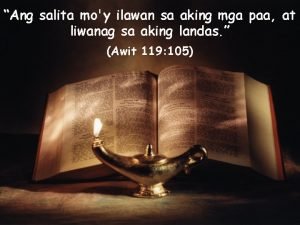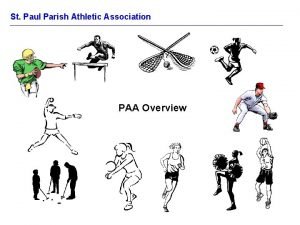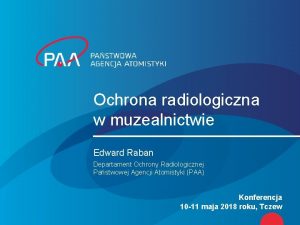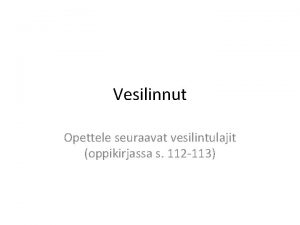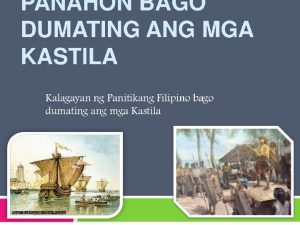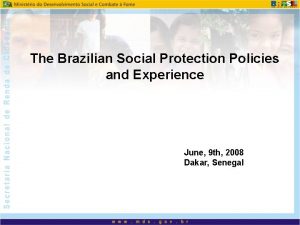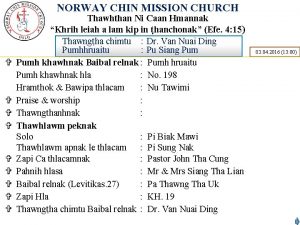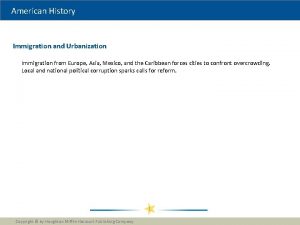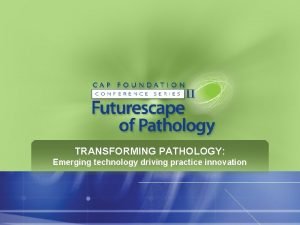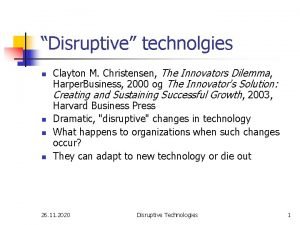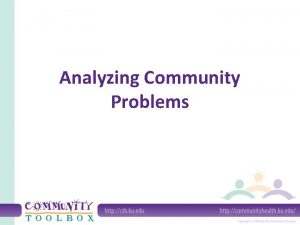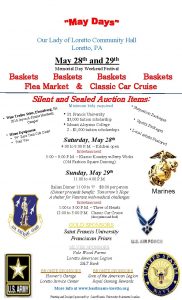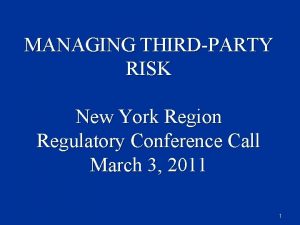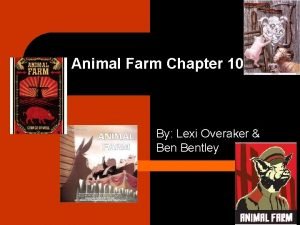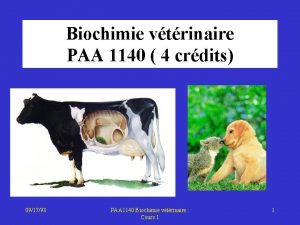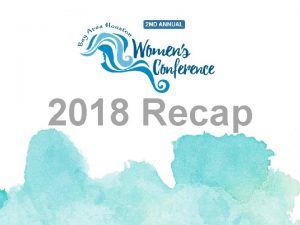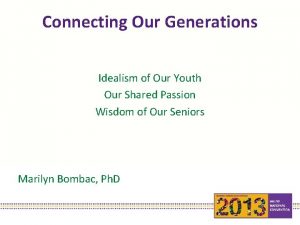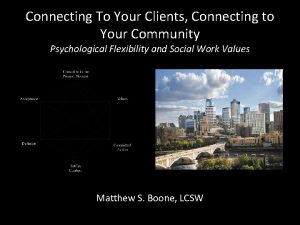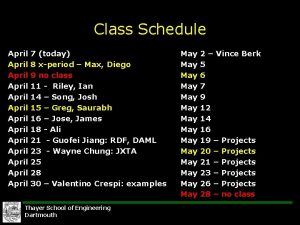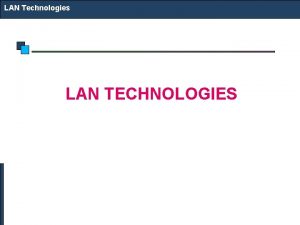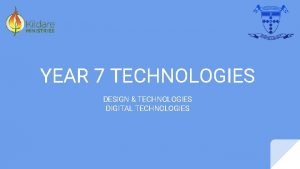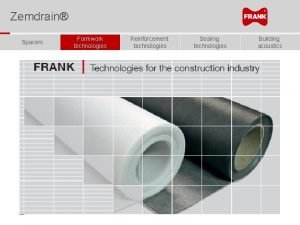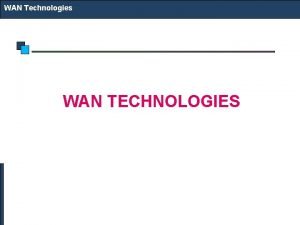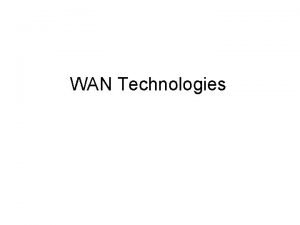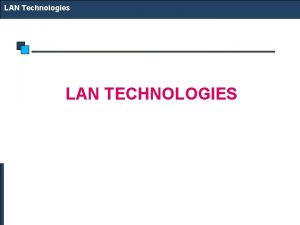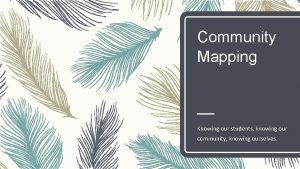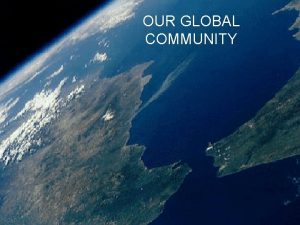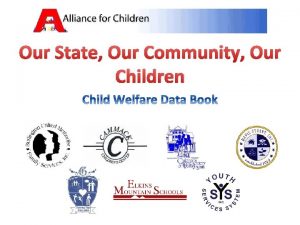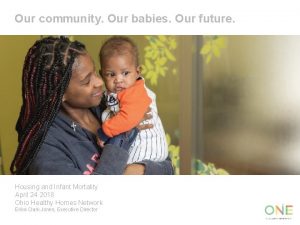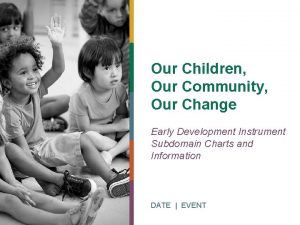New Technologies Connecting our Community PAA Conference April

![• "[This device] appealed at once to the eye and to the ear, • "[This device] appealed at once to the eye and to the ear,](https://slidetodoc.com/presentation_image/a52763bddb2e9fbb0c11b05087987885/image-2.jpg)

![• "[It] is going to make school so attractive that a big army • "[It] is going to make school so attractive that a big army](https://slidetodoc.com/presentation_image/a52763bddb2e9fbb0c11b05087987885/image-4.jpg)

























- Slides: 29

New Technologies Connecting our Community PAA Conference April 23/04 By Alec Couros
![This device appealed at once to the eye and to the ear • "[This device] appealed at once to the eye and to the ear,](https://slidetodoc.com/presentation_image/a52763bddb2e9fbb0c11b05087987885/image-2.jpg)
• "[This device] appealed at once to the eye and to the ear, thus naturally forming the habit of attention, which is so difficult to form by the study of books. . Whenever a pupil does not fully understand, [it] will have the opportunity. . . of enlarging and making intelligible. " • "[These instruments are] not uncommon, but are but little resorted to by the teacher. ” • "The teacher knows almost as little how to use it as his pupils. ” Quotes from the 1840’s and 1850’s regarding the use of the chalkboard, from UPAEP.

• ". . . the existing system is utterly inefficient. The teacher. . . may pour it in the ear, or extract it from the printed page, . . . but unless he teaches through the eye. . . no satisfactory instruction can be conveyed. " Sir David Brewer (1856) regarding the magic lantern and stereoscope.
![It is going to make school so attractive that a big army • "[It] is going to make school so attractive that a big army](https://slidetodoc.com/presentation_image/a52763bddb2e9fbb0c11b05087987885/image-4.jpg)
• "[It] is going to make school so attractive that a big army with swords and guns couldn't keep boys and girls out of it. " Thomas Edison (1911) regarding motion pictures/film. • Edison continued …“Mix moving pictures with education and you'll have something that makes kids want to go to school. You'll have to lick 'em to keep 'em away. " (1911)

Introduction • The following is a survey of some of the emerging tools being used in Education. This is by no means a comprehensive list, and perhaps not all of them may be considered absolutely ‘new’. However, many of these tools are beginning to make an impact on our schools.

Types of New Technologies • • • Speech/Character Recognition Web Communication/Creation Tools Open Source / Free Software Thin Client Systems Other Notable Technologies

Speech/Character Recognition • Voice recognition has been attempted since 1870 (Bell). . . has proved very difficult. • Major accomplishments have come since about 1936 for text-to-speech and since 1970 for speech-to-text (speech recognition). • AT&T labs (Natural Voices) was a pioneer in readable text (text-to-speech) – see demo. – http: //www. research. att. com/projects/tts/demo. html • Useful, but still not perfect. – See Hamlet examples.

Types of Technology • There are varying types of speech recognition technology. The key distinctions are: – Does the system work with one user, or does it recognize only one voice/user? – How large of a vocabulary does the system support? – Does it permit the user to speak naturally? Source: Tom Weston, Stanford University

Source: Tom Weston, Stanford University

Source: Tom Weston, Stanford University

Source: Tom Weston, Stanford University

Major Consumer Packages • Naturally Speaking – Dragon • Via. Voice – IBM • Microsoft Office 2003/XP also has VR (demo) – These can be integrated into all aspects of your computer applications (e. g. , Microsoft Office, or any text-related applications). – These packages are up to 98% accurate, and run up to 140 words per minute. The capabilities of these packages has grown dramatically as hardware has become more capable of handling the requirements.

Character Recognition • Character recognition has also become popular. Examples include: – Optical Character Recognition (OCR) on most scanner software (Omni. Page Pro used to be THE package to purchase, but now many proprietary systems work well). – “Graffiti”-type software on Palm Pilots (PDA’s) – Wacom Graphire Pads (demo) – Logitech io Personal Digital Pen

The Future of … • Speech and character recognition will continue to expand as the tools get better. • Already, there are systems in place where you can publish to a webpage or query Google through a telephone line. • The future will be interesting.

Web Communication/Creation • HTML editing tools like Dreamweaver, Front. Page, Go. Live, etc. have been popular, and may continue to be important. However, there is a an easier “solution” to managing web creation through various new(er) tools. • CMS, Blogs and CSS are just some of the new tools to know about.

Content Management Systems • What is a CMS? • “A system used to manage the content of a Web site. Can allow a content manager or author, who may not know Hypertext Markup Language (HTML), to manage the creation, modification, and removal of content from a Web site without needing the expertise of a Webmaster. ” (No. Mensa) • Let’s see one in action (demo). Source: No. Nomensa. com

Blogs (Web Logs) • Web Logs use a specialized CMS software, and have various uses – mostly web type journals/logs. • Popular services include: – Blogger (demo), Live. Journal, Type. Pad, Pitas, etc. (100’s more). • Blogs have many uses, and are becoming popular in many facets of education. • See a blog about blogging in education: – Weblogg-ed - http: //www. weblogg-ed. com/

Cascading Style Sheets • With CSS, “styles define how to display HTML elements, these styles are normally stored in Style Sheets (a separate file sent with an HTML page). Multiple style definitions will cascade into one, depending on the browser being used. ” • In other words, the style and content of an html page are kept separate. • See a great example here: CSS-Zen. Gardener

Open Source / Free Software • The Open Source / Free Software movement is complex … but what you need to know, there a lot of free tools (software and content) that is available for your use, for free. • The most common examples include Linux, Apache (web server) and Open Office. • Open Source software offers a strong alternative to proprietary software (e. g. , Windows).

What’s available for free? • All sorts of software is available: – Entire operating systems (Linux) – Web Servers (Apache) – Content Management Systems (Nuke) – Graphics Programs (The GIMP) – Typing Tutors (Tux Type) – School Administration (Open Admin) – Office Suites (Open Office) – demo … So many more …

And there’s content … • The Open Movement has inspired free learning objects, and even course content. – MIT’s Open Course. Ware Initiative – Creative. Commons. org – MERLOT – CAREO’ – Project Gutenberg Many more here: http: //www. uwm. edu/Dept/CIE/AOP/LO_collections. html

Places to Start (for OS / FS) • School Forge – http: //www. schoolforge. net/ • Open Source Education Foundation – http: //www. osef. org/ • Open Source Schools – http: //opensourceschools. org/ • K-12 Linux Project (terminal server) – http: //www. k 12 ltsp. org/

Thin Client Systems • … an approach to computer networking wherein the processing horsepower to run applications and data storage are placed on a central server and the user interface is placed on a desktop computer that accesses the server to execute applications. • The idea of thin-client systems has been around since the time of the mainframe computer. Improvements in affordable server power has increased thin-client feasibility.


In Saskatchewan • Major implementations of thin-client systems have taken place in Moose Jaw and North Battleford. • While results and opinions vary on this implementation, it’s likely that thin-client is not going away soon.

Notable Technologies • Personal Digital Assistants – E. g. , Full implementation into Garden Valley Collegiate (Manitoba) • Wireless Technologies – Apple Wireless Mobile Lab • Writing Related Technologies – Endnote (bibliographic software) – Turnitin. com (plagiarism detection) • Online Course Conferencing Tools – Web. Train

Conclusion • New technologies are all around us, and are being invented daily. • The most powerful and relevant technologies allow us to transform teaching and learning. • How do we find time to become familiar with new technologies, to take risks and further benefit our profession?

Keeping Up On New Technologies • • • Network of Innovative Schools Slash. Dot (news for nerds, stuff that matters) Weblogg-ed School. Forge Canopener New. Scientist. com • My own Blog and resource site: http: //www. educationaltechnology. ca You can download today’s presentation from here as well.

Thank you for listening. Contact: alec. couros@uregina. ca www. educationaltechnology. ca
 Ajaraka mokuren
Ajaraka mokuren Salita moy ilawan lyrics
Salita moy ilawan lyrics St paul paa
St paul paa Paa departament ochrony radiologicznej
Paa departament ochrony radiologicznej Paa s
Paa s Mustavalkoinen lintu töyhtö
Mustavalkoinen lintu töyhtö May limang magkakapatid na kuba
May limang magkakapatid na kuba Paa doc evolution
Paa doc evolution Paa thawng ko
Paa thawng ko Immigration and urbanization new technologies lesson 4
Immigration and urbanization new technologies lesson 4 New disruptive technologies 2021
New disruptive technologies 2021 New disruptive technologies
New disruptive technologies Thinking language and intelligence
Thinking language and intelligence Our census our future
Our census our future Ok 313
Ok 313 Marcus aurelius our life is what our thoughts make it
Marcus aurelius our life is what our thoughts make it We bow our hearts
We bow our hearts Our census our future
Our census our future Our life is what our thoughts make it
Our life is what our thoughts make it Who is poet of money madness
Who is poet of money madness Awareness of ourselves and our environment is
Awareness of ourselves and our environment is Our awareness of ourselves and our environment
Our awareness of ourselves and our environment God our father christ our brother
God our father christ our brother Our future is in our hands quotes
Our future is in our hands quotes Awareness of ourselves and our environment is
Awareness of ourselves and our environment is Awareness of ourselves and our environment is
Awareness of ourselves and our environment is Community examples
Community examples Local guide program
Local guide program Third party risk management conference 2019 new york
Third party risk management conference 2019 new york Summary of animal farm
Summary of animal farm
